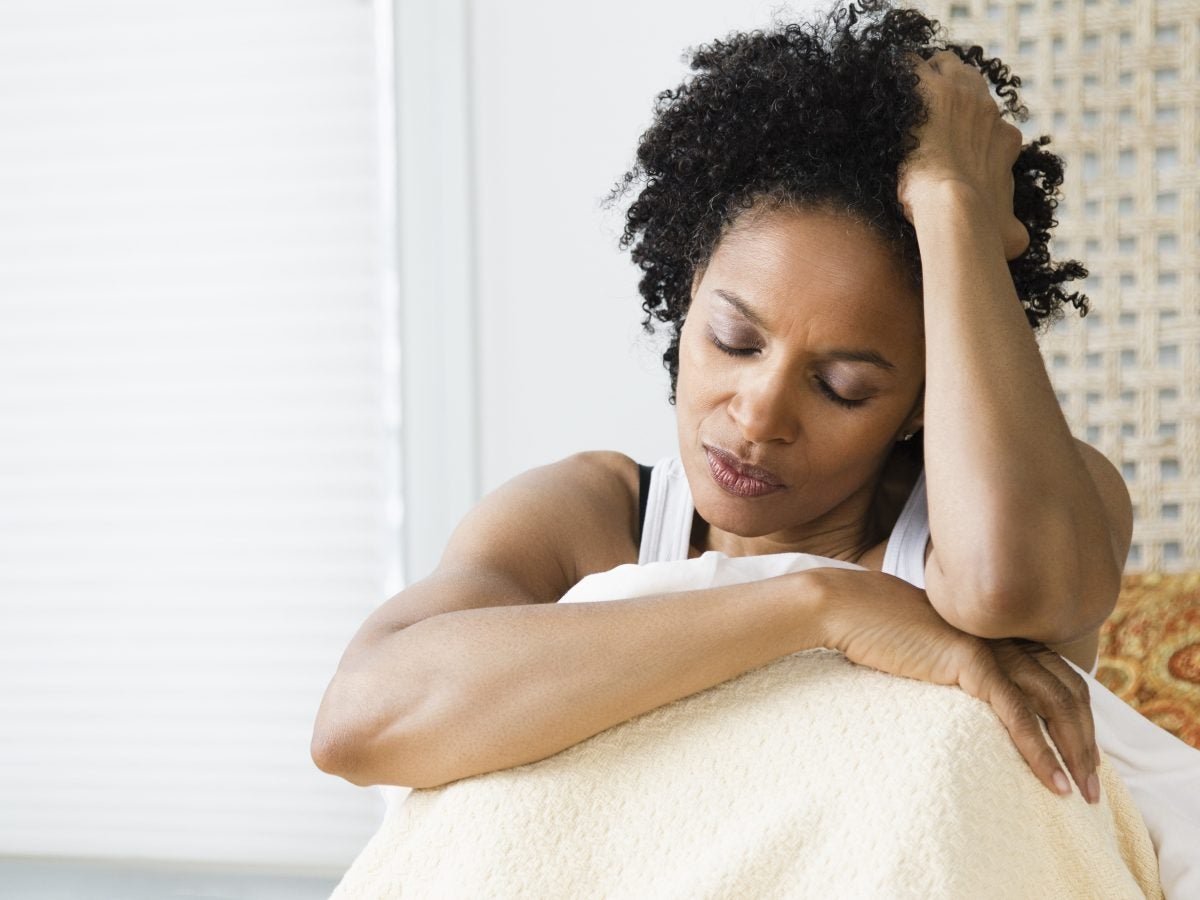
It’s no secret that Black women face increased stress due to professional exhaustion, acting as primary breadwinners in their families, consistent caretaking, and many other responsibilities. According to the CDC, Black women have a life expectancy that’s three years shorter on average than white women, with the root cause being stress. An additional study discovered that Black women internalize stress differently than their white counterparts. Although stress is an emotion that most humans often feel, according to the American Institute of Stress, 33% of people feel extreme stress, 77% of people think stress has some impact on their physical health, and 73% of people have their mental health impacted by it.
According to Healthline, The stress that causes the most negative effect on Black women is chronic, and as a result, Black women’s bodies may produce more cortisol. Unfortunately, long-term exposure to cortisol can affect the whole body, including increasing a person’s risk of developing: heart disease, anxiety, depression, and obesity. To reduce stress, some people turn to physical activities like yoga, or mindfulness practices, like therapy or meditation; however, those hobbies, while positive and helpful, can require a long-term commitment and consistency, ultimately adding to our stress levels. Instead of putting pressure on ourselves to eliminate our stress with additional activities that require scheduling and planning, we can opt for a more straightforward approach. Avery Morgan, Chief Communications Officer at EduBirdie, provides some simple, accessible stress relief techniques below.
Deep breathing
Deep breathing is a simple technique you can use anywhere at any time. Sit comfortably, inhale deeply through your nose, and exhale slowly through your mouth. Repeat this several times, focusing on your breathing and letting go of any tension in your body. This is the basis of meditation — and even without months of practice, you’ll instantly feel calmer.
Light exercise
Intensive workouts can increase cortisol (a hormone released in response to stress) in the body, so opt for a short work or a yoga session to clear your mind. Many yoga videos are online explicitly designed for stress relief, while mindful walking can also give your mind a much-needed break. Focus on your breathing and the sensation of your feet touching the ground, and try to let go of any thoughts or distractions to remain fully present.
Progressive Muscle Relaxation (PMR)
This technique involves tensing and releasing muscles in a specific order to reduce tension and stress. Start with your feet and work up to the head, tensing each muscle group for five to ten seconds before releasing. It takes around ten minutes to relax your entire body and will leave you feeling like new. The science behind it is based on the fact that our muscles tense up when we’re in a state of heightened stress or anxiety, so by getting our bodies to relax, our minds should follow suit.
Smile and laugh
You might feel silly sitting at your desk in an empty room, forcing yourself to smile, but don’t dismiss it. Scientific evidence supports that forcing a smile can improve our mood and reduce stress. When we smile, even when we don’t feel like it, our brain receives feedback from our facial muscles that trigger the release of ‘feel-good’ neurotransmitters such as dopamine and endorphins – that instantly make you feel better.
Visualization and gratitude
Close your eyes and imagine yourself in a peaceful setting like a beach or forest. Visualize the environment’s sights, sounds, and smells, and allow yourself to become fully immersed in the experience. Science suggests that by imagining this relaxing environment, the body responds as if there, producing hormones that promote relaxation and reduce stress. But don’t spend all your time daydreaming. Take a moment each day to reflect on reality, write a journal, or share your thoughts and feelings with a friend. There will always be something to stress over but don’t let that detract from the many positives in your life.